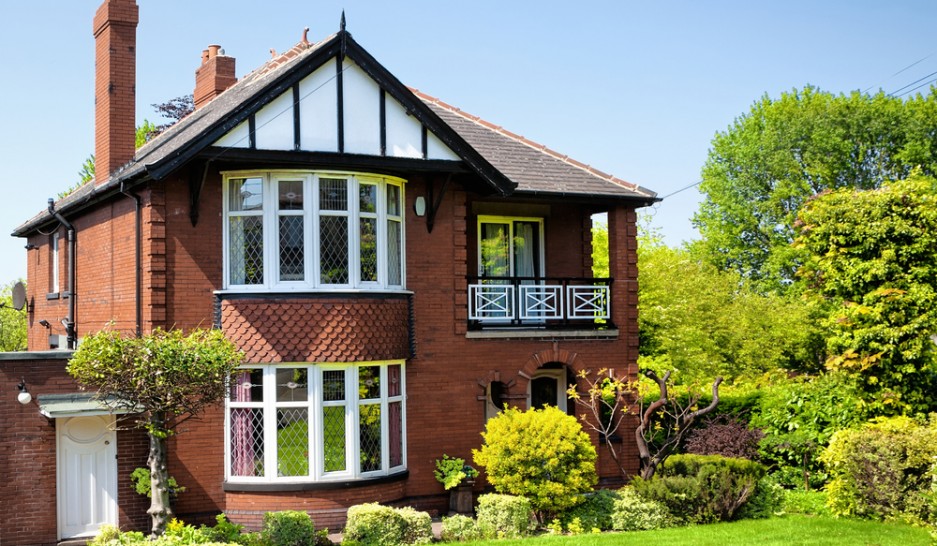The report recommended there needed to be a greater crossover between housing and health polcicy.
Poor housing is estimated to cost the NHS £1.3bn annually with the elderly especially at risk of its effects as they spend more time at home.
More than a fifth of housing still fails to meet the decent homes standards first announced in 2000, housing 1.7 million over 60s. Less than 5% of all housing meets all accessibility criteria and more than 25% meet none of these criteria.
The report, For future living: Innovative approaches to joining up housing and health from IPPR North, outlines ways house building needs to change to meet the requirements of an ageing population, as well as the need to help people adapt their homes and encourage mutual support to help people meet their needs.
The possibility of collective living helping tackle social isolation and reduce the cost of care is highlighted in the report.
Key recommendations include a choice of insurance or equity release to help middle and high income over 50s with the cost of home adaptations.
The population of over-85s is set to grow the most, rising by 33% during the next decade, by 2036 nearly a quarter of the population will be over 65.
The adoption of the Lifetime Homes Standards for new builds is recommended, the standards are designed to ensure housing is adaptable to the needs of the elderly when they become in need of care.
Bill Davies, IPPR North Research fellow, said: “Older people are the fastest growing age group in our population but the English housing market is failing to provide good quality homes that will allow them to continue to live independent lives.
“If we aspire to build over 200,000 homes per year, it is essential that we think harder about who these homes are for, and who is going to buy them. House building that reflects the space and accessibility that older people want is essential if we are to support people to live independent lives, free up large family homes, and control the costs of social care.”
















